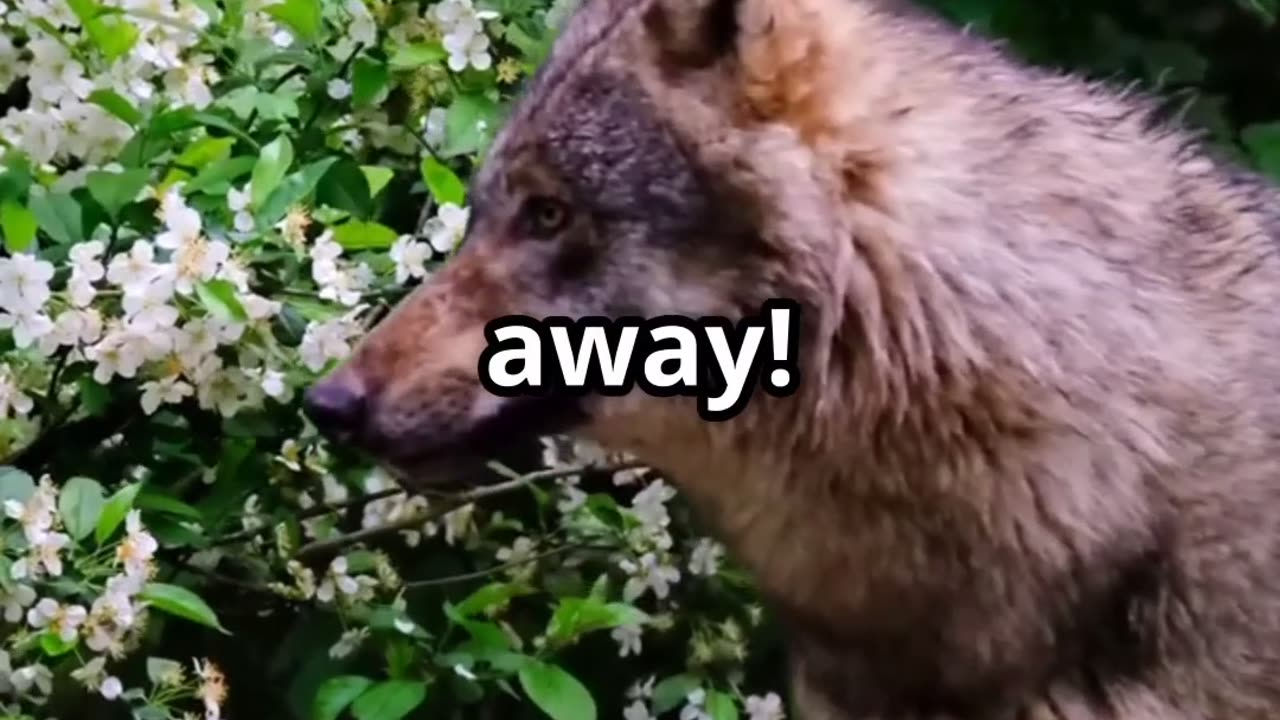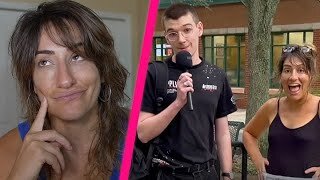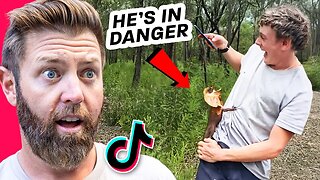Premium Only Content

Top 10 Fascinating Wolf Facts | Howling, Loyalty & Pack Power Explained
Top 10 Fascinating Wolf Facts | Howling, Loyalty & Pack Power Explained
amazing facts about wolves
how strong is a wolf’s bite
wolf pack hunting behavior
what does a wolf howl mean
how do wolves communicate
wolves loyalty to the pack
do wolves mate for life
wolves vs dogs bite strength
wolf ecosystem importance facts
how far can wolves smell
wolves body language communication
wolf facts for kids and adults
🐺 Top 10 Fascinating Wolf Facts | Howling, Loyalty & Pack Power
Wolves are more than just wild predators — they are intelligent, social, and essential to the balance of nature. In this video, you’ll discover 10 amazing wolf facts that show how incredible these creatures truly are.
📌 Watch to learn about:
Wolves living and hunting in powerful packs
Their legendary howl heard up to 10 km away
Their unbreakable loyalty to their family group
A wolf’s bite power — 3x stronger than a dog’s!
Long-distance running skills and endurance
How they communicate using body language
Wolves that mate for life
Their role in maintaining the ecosystem
🎥 If you love wildlife shorts, animal facts, or nature documentaries, don’t miss this one!
👉 Like, Share & Subscribe for more shorts on wild animals & cool facts!
wolves facts for shorts video, wolf facts in hindi, wolves hunting in snow, pack leader wolf facts, national geographic wolf facts, animal fact short videos, loyal animal wolf, how wolves survive in wild
#wolfFacts
#wildlifeShorts
#animalFacts
#loyalWolf
#howlingWolf
#wolvesPack
#wildAnimals
#ecosystemHeroes
#natureShorts
#wolfPower
🐺 Wolves live and hunt in packs.
🌕 A wolf's howl can travel up to 10 kilometers.
🤝 They are loyal to their pack.
👃 Wolves have an incredible sense of smell.
💪 Their bite is 3 times stronger than a dog’s.
🏃♂️ They are excellent long-distance runners.
📣 Wolves use body language to communicate.
❤️ They mate for life.
📍 Wolves mark their territory with scent.
🌍 Wolves play a vital role in maintaining the ecosystem.
-
 4:23
4:23
Blackstone Griddles
16 hours agoEasy Salmon Dinner on the Blackstone Griddle
27.3K1 -
 8:10
8:10
WhaddoYouMeme
1 day ago $0.06 earnedChristians, Before You See “Testament”, Watch this!
7.36K4 -
 8:42
8:42
Freedom Frontline
15 hours agoDurbin’s Trump Smear Video Just HUMILIATED Him in the Senate
9.21K5 -
 10:56
10:56
ariellescarcella
13 hours agoThe Shocking Divide Among College Voters Sparks Worry For America
7.57K6 -
 13:09
13:09
Forrest Galante
11 hours agoWildlife Expert Reacts To Deadly Australian Animal TikToks
53.5K9 -
 12:08
12:08
Zoufry
2 days agoThe Mystery of Gaddafi's Final 24 Hours
14.7K12 -
 18:25
18:25
Liberty Hangout
13 days agoAnti-Ice Demonstrators Love Poop!
52.4K71 -
 9:39
9:39
MattMorseTV
17 hours ago $1.14 earnedVance just DROPPED a BOMBSHELL.
45.8K67 -
 23:47
23:47
GritsGG
1 day agoThe Forgotten Best Sniper Support AR!
19.2K3 -
 1:15:48
1:15:48
The Pascal Show
19 hours ago $0.12 earnedMUGSHOTS RELEASED! Emmanuel Haro's Parents Mugshot Released To The Public
14.8K1